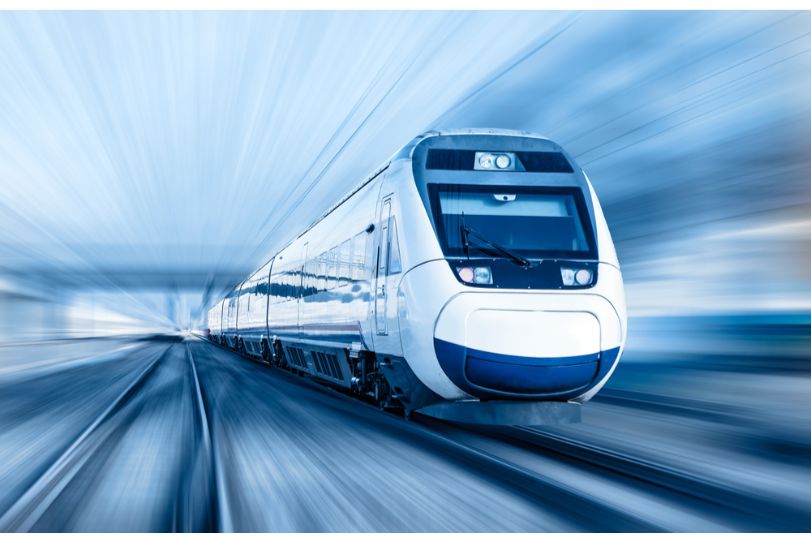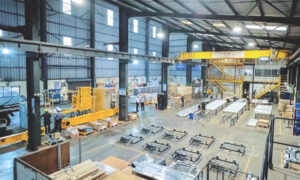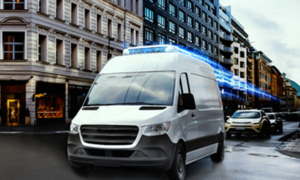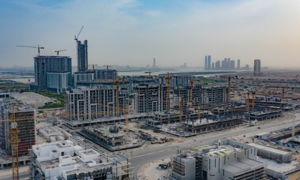Recent report by the Intergovernmental Panel on Climate Change (IPCC) highlights that India is the third largest emitter of greenhouse gases in the world, even though the emissions per head are low.
As India moves towards reducing its carbon emissions, sustainability is going to be the primary goal for the next generation of mobility services. With more than 600 kilometres of distance covered on a daily basis across 13 cities, metro rail systems serve to be the immediate answer to faster and more sustainable travel, and a mass mover of people. They have proven to be the most efficient in terms of energy consumption, space occupancy and numbers transported. Not only has it improved connectivity, but it also drastically reduces journey time, pollution, and road traffic. Naturally, it is considered as the backbone for transportation in big cities.
As metros across cities resume service, it is very important that these high capacity carriers pay utmost importance to the quality of indoor air and maintain high standards of air circulation, cooling, and ventilation. This is crucial to decrease the risk of infection while commuting in metro trains, as well.In order to conserve energy and provide optimal air quality for the large number of commuters, it is essential to enhance the HVAC systems.
Reports indicate that HVAC systems alone consume almost 20% of the total energy requirement. It is estimated that between 30-45% of the energy consumed in the metro rails is in the provision of ancillary systems to the actual transportation of passengers. This includes everything: from lighting, HVAC systems at the station and inside the train, and powering of trains, which contributes to the total energy consumption. Thus, it is important to optimize the overall ecosystem for substantial energy savings and reduction of emissions.
Case in point: Delhi Metro By transporting over 2.76 million people every day and over 1 billion people annually, the Delhi Metro has been instrumental in ushering in a new era in the sphere of urban transportation in India and is the pivotal public transport lifeline that keeps the city alive.The comfort of commuters both inside the Metro and within its stations, is a key priority for the Delhi Metro Rail Corporation. However, providing good indoor air quality, ventilation, and lighting to the millions of commuters across the network of underground metro stations is a multi-fold challenge.
Danfoss’ variable frequency drives installed at the air handling units and track way exhaust fans at the Delhi Metro help deliver a comfortable indoor climate and better air quality while reducing energy consumption by up to 20%. This has resulted in an estimated cost savings of over Rs. 4 lakhs per annum per Metro station.
As a global leader in HVAC technologies, Danfoss has always strived to engineer HVAC system to metro that deliver utmost thermal comfort and indoor climate while reducing the carbon footprint thereby making tomorrow’s infrastructure greener and sustainable. This is what drives Danfoss to partner with the Delhi Metro in its eco-conscious endeavour of providing energy efficient and cost-effective commutation to its citizens.
Danfoss’ energy efficient solutions have helped Delhi Metro save energy without compromising on the comfort and convenience of its commuters.This has helped receive carbon credits by reducing greenhouse gas emissions and pollution by 63,000 tons a year and gaining international acclaim for Delhi Metro as the world’s first green metro.
Green route to air quality To counter this recent health hazard and provide a comfortable indoor climate we believe that state of the art HVAC systems is the answer to a green metro without compromising on energy savings.Driven by a deep application expertise and future facing technologies, Danfoss is poised to help the country create infrastructure that is energy-efficient and yields high performance, and thereby engineer tomorrow’s India, today.
In our latest partnership with the Kolkata Metro Rail Corporation (KMRC) and Chennai Metro Rail (CMRL), we are offering cutting edge drives solutions of varying capacities, to enhance the safety, comfort, energy efficiency, sustainability, and reliability of metro networks. Our designs help Metros meet their sustainability goals by reducing their overall carbon emissions and energy footprint. At both the KMRC and CMRL projects, the installation of Danfoss Variable Frequency Drives has contributed to 15%-25% energy savings across various applications.
Danfoss’ top technology– the IP 55 Drives, provided for most metros in India – are highly customisable for tunnel ventilation applications typically required in metro applications
Cookie Consent
We use cookies to personalize your experience. By continuing to visit this website you agree to our Terms & Conditions, Privacy Policy and Cookie Policy.















